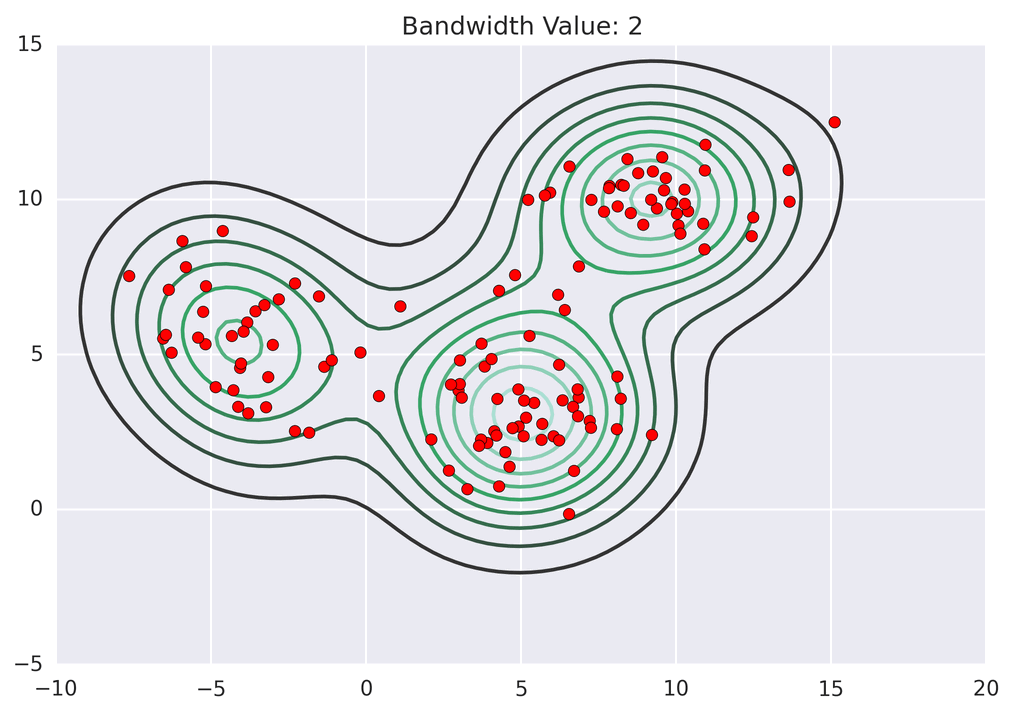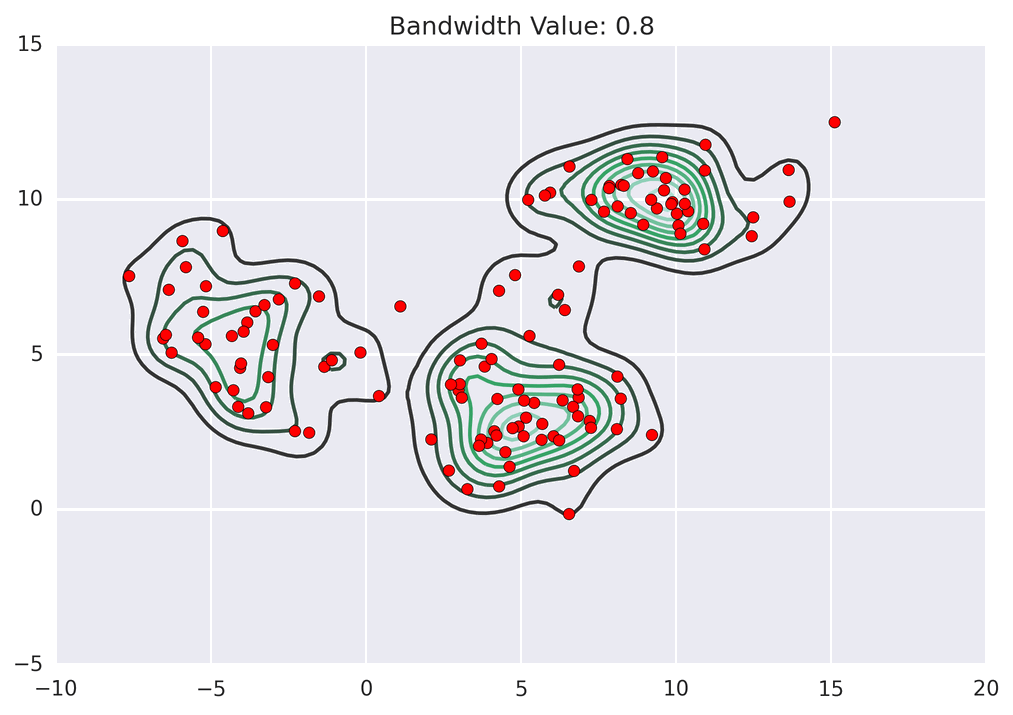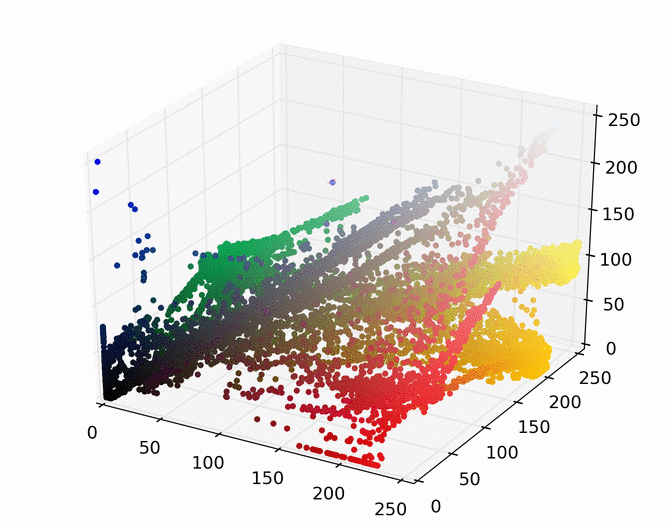MeanShift_py is a simple implementation of mean shift clustering in python.
 |
 |
The only dependency is Numpy
The mean_shift.py module defines a class called MeanShift. The MeanShift class constructor takes in an optional kernel parameter. If no kernel is specified, a default Gaussian kernel is used.
The cluster method requires an array of points and a kernel bandwidth value. A optional iteration_callback function can also be passed in that will be called back at the end of each mean shift iteration with the current state of the algorithm (e.g., where the points are currently at, along with an iteration number).
After the clustering finishes, a MeanShiftResult object is returned, containing three arrays:
- The original points
- The shifted points
- Cluster assignments for each point
import mean_shift as ms
data = get_data_from_somewhere()
mean_shifter = ms.MeanShift()
mean_shift_result = mean_shifter.cluster(data, kernel_bandwidth = 10)
original_points = mean_shift_result.original_points
shifted_points = mean_shift_result.shifted_points
cluster_assignments = mean_shift_result.cluster_ids
# If you want to use multivariate gaussian kernel
# By default it uses unviariate gaussian kernel
# Make sure the dimensions of 'data' and the kernel match
mean_shifter = ms.MeanShift(kernel='multivariate_gaussian')
mean_shift_result = mean_shifter.cluster(data, kernel_bandwidth = [10,20,30])Mean shift can be used for image segmentation. Below is an example of an image being mean shift clustered in 3D RGB space, resulting in 7 clusters.
 |
 |
